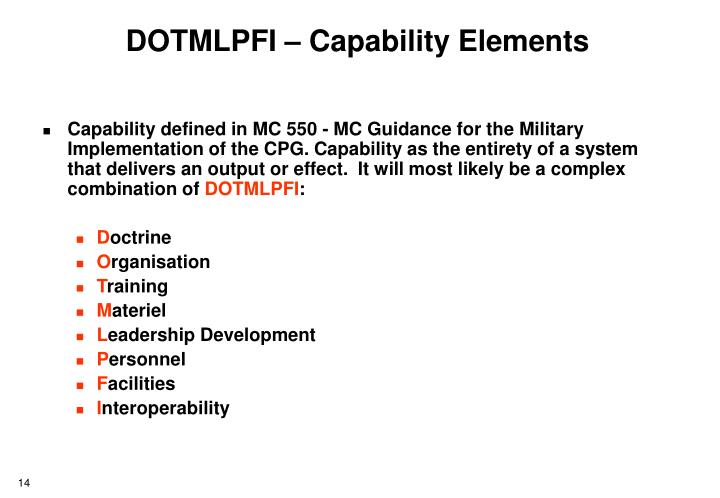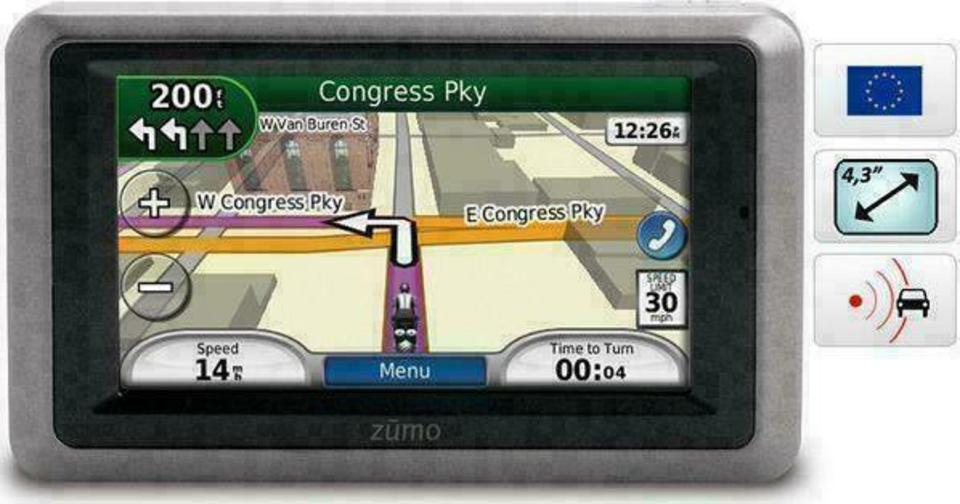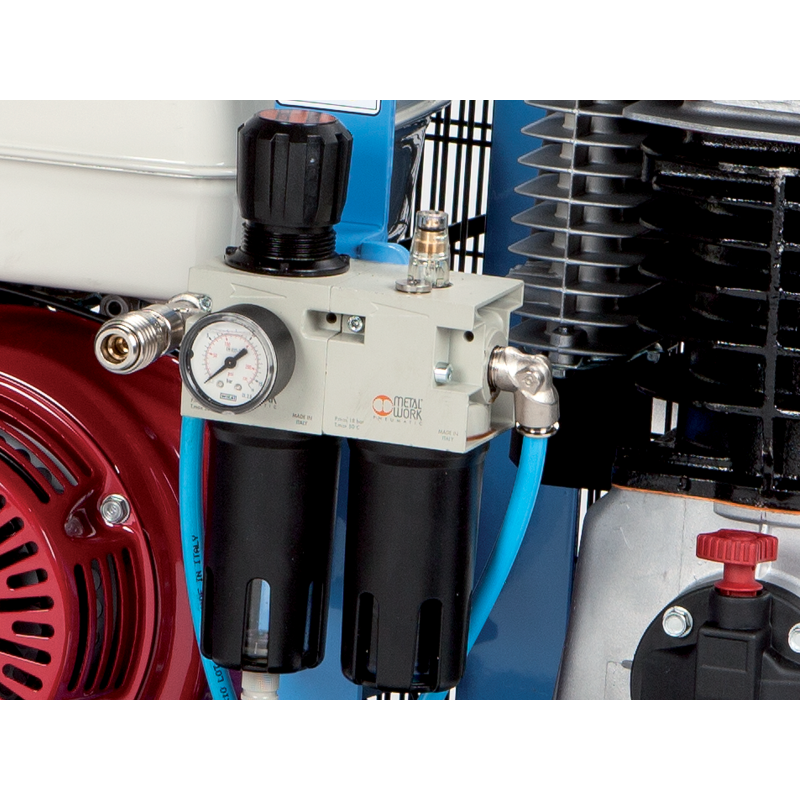
New paradigms since publication of the 2011 guidelines are presented for the evaluation of the etiology of thyrotoxicosis, the management of Graves' hyperthyroidism with antithyroid drugs, the management of pregnant hyperthyroid patients, and the preparation of patients for thyroid surgery. Results: Clinical topics addressed include the initial evaluation and management of thyrotoxicosis management of Graves' hyperthyroidism using radioactive iodine, antithyroid drugs, or surgery management of toxic multinodular goiter or toxic adenoma using radioactive iodine or surgery Graves' disease in children, adolescents, or pregnant patients subclinical hyperthyroidism hyperthyroidism in patients with Graves' orbitopathy and management of other miscellaneous causes of thyrotoxicosis.

The strength of the recommendations and the quality of evidence supporting them were rated according to the approach recommended by the Grading of Recommendations, Assessment, Development, and Evaluation Group. An evidence-based medicine approach that incorporated the knowledge and experience of the panel was used to update the 2011 text and recommendations. They examined relevant literature using a systematic PubMed search supplemented with additional published materials. The association assembled a task force of expert clinicians who authored this report. Considerable new literature has been published since then, and the ATA felt updated evidence-based guidelines were needed.


Methods: The American Thyroid Association (ATA) previously cosponsored guidelines for the management of thyrotoxicosis that were published in 2011. This document describes evidence-based clinical guidelines for the management of thyrotoxicosis that would be useful to generalist and subspecialty physicians and others providing care for patients with this condition. Appropriate treatment requires an accurate diagnosis and is influenced by coexisting medical conditions and patient preference.

Background: Thyrotoxicosis has multiple etiologies, manifestations, and potential therapies.


 0 kommentar(er)
0 kommentar(er)
